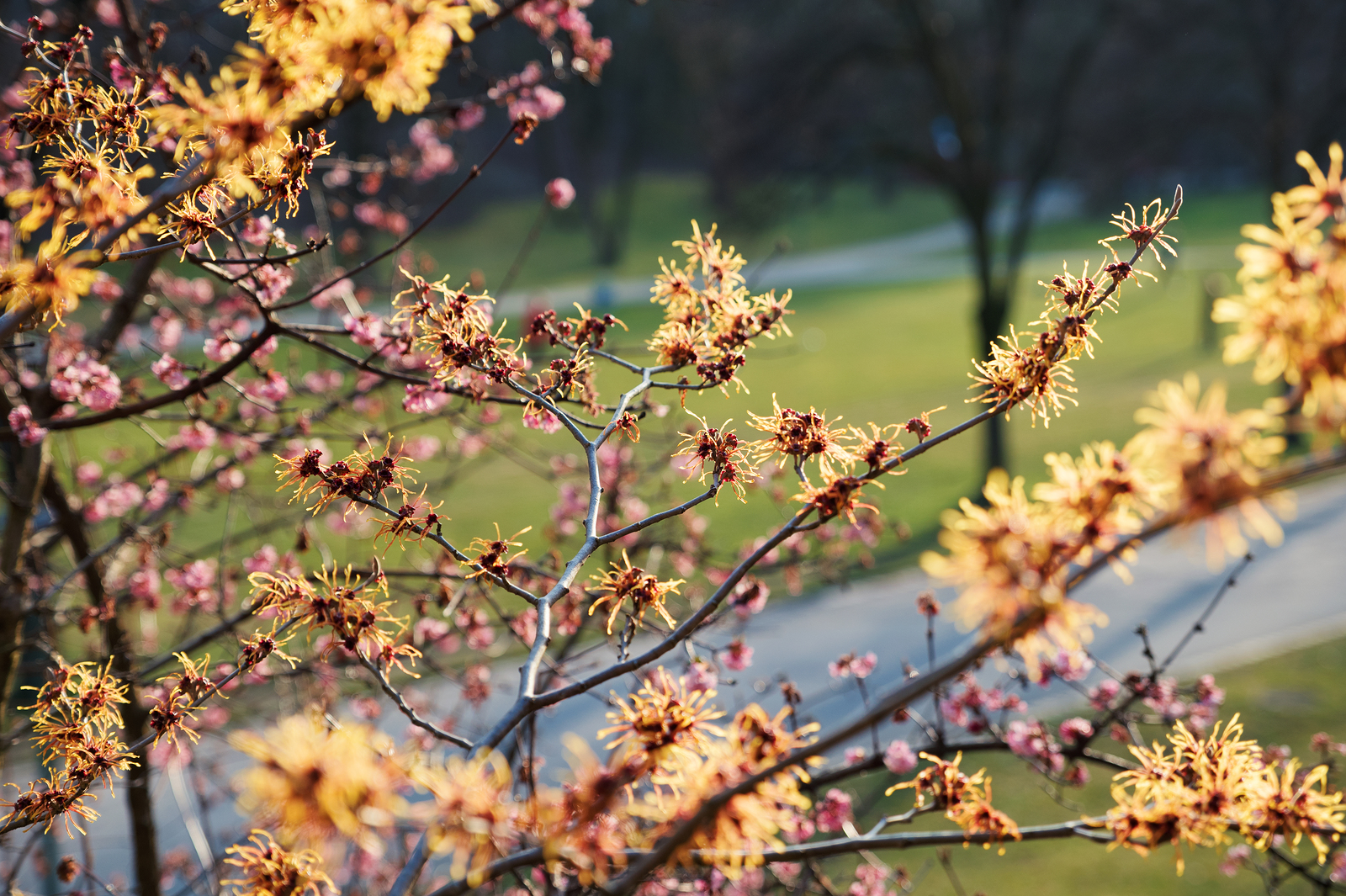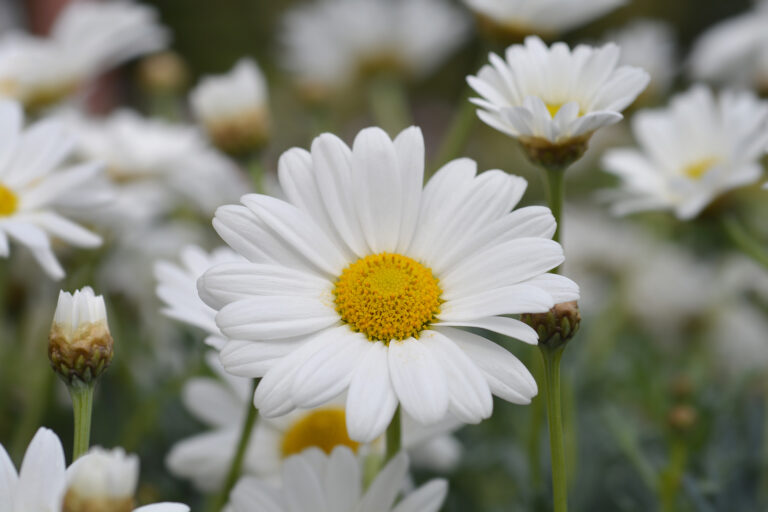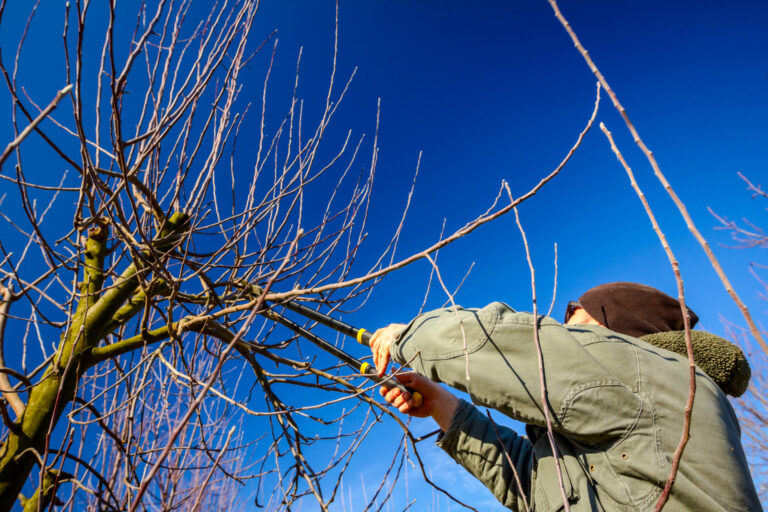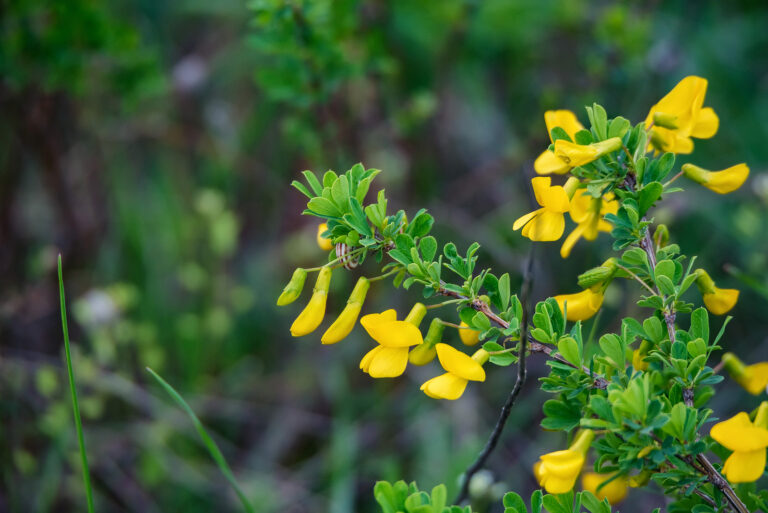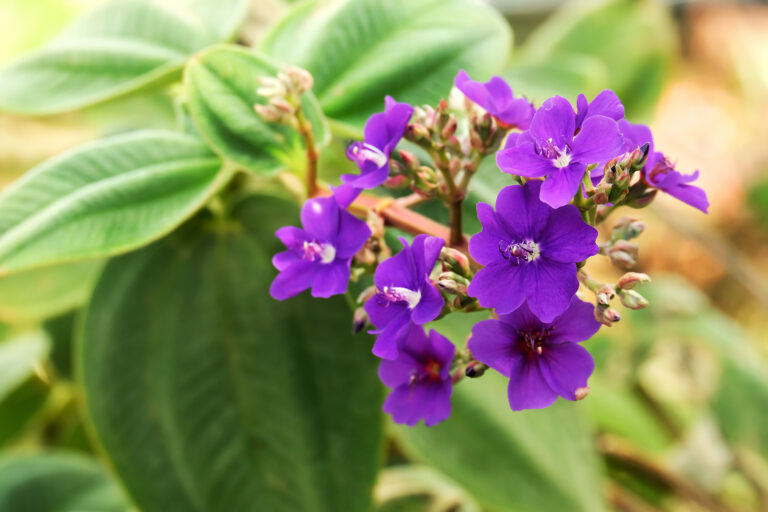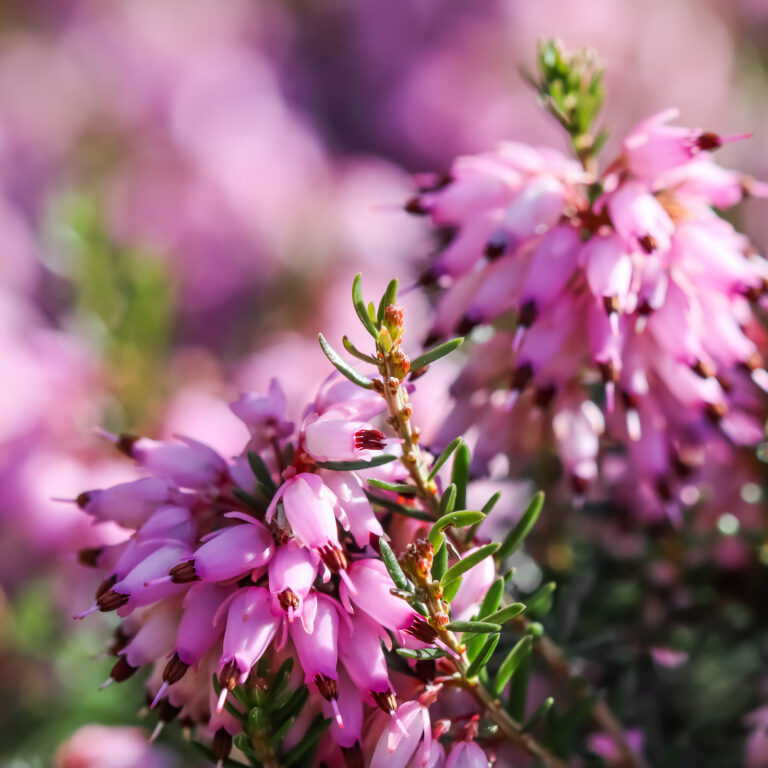How to Grow Hamamelis — Witch Hazel
Hamamelis–commonly called Witch hazel–is a deciduous shrub or tree commonly grown for its autumn color, cold-resistant, fragrant, spider-shaped flowers. The yellow flowers have strap-shaped petals.
Hamamelis are very good specimen plants. They are effective alone or in groups or can be planted in a shrub border or woodland garden.
Hamamelis is a genus of 5 species of deciduous shrubs occurring in woodland or woodland margins. Hamamelis is native to North America and East Asia.
Get to Know Hamamelis
- Plant type: Deciduous late winter- or early spring-blooming shrub
- Growing Zones and range: 5-9
- Hardiness: Hardy
- Height and width: 6 to 15 feet (2-5m) tall and wide depending on the variety
- Form and habit: Tree-like with spreading habit
- Foliage: Broad ovate leaves add color to the landscape in autumn
- Flowers: Fragrant star-shaped yellow flowers in winter; flowers are .75-1.25 inch (2-3cm) across, with 4 narrow petals, are borne in dense, axillary clusters
- Bloom time: Autumn and winter
- Uses: Specimen plant, shrub border, woodland plantings
- Garden companions: Flase cypresses (Chamaecyparis), pyramidal American arborvitae (Thuja Occidentalis ‘Pyramidalis’)
- Common name: Witch Hazel
- Botanical name: Hamamelis spp.
- Family: Hamamelidaceae
- Origin: North America an East Asia
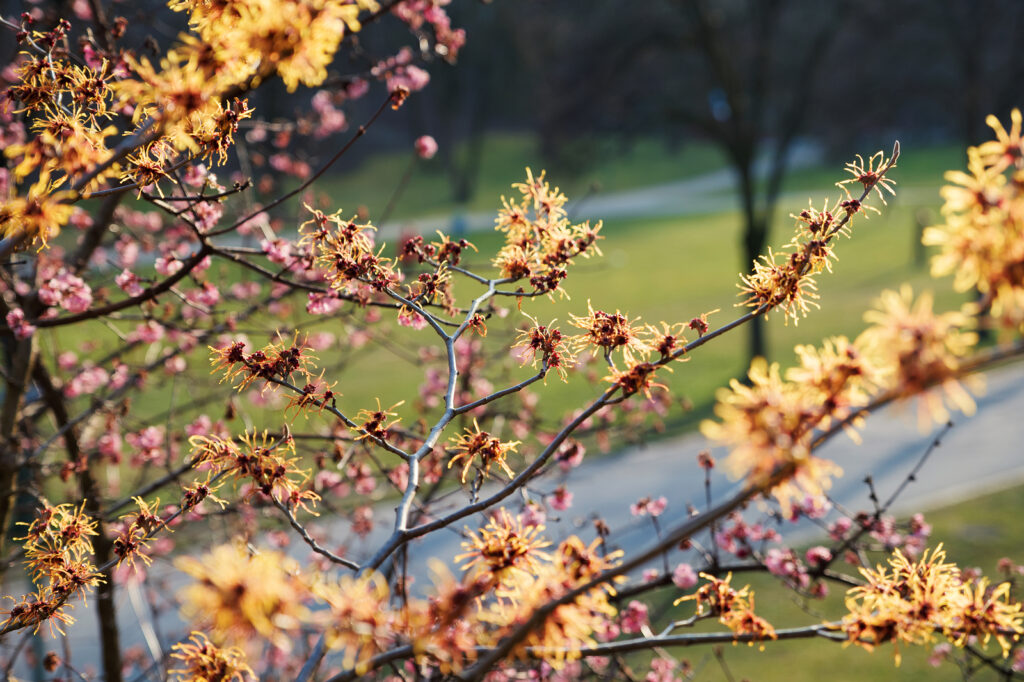
Where to Plant Hamamelis
- Plant Hamamelis in full sun for best flowering; witch hazel tolerates light shade.
- Grow Hamamelis in humus-rich, well-drained, acidic soil.
- Plant Hamamelis in an open but not exposed site.
When to Plant Hamamelis
- Set Hamamelis in the garden in spring or fall.
- Sow seed in containers in a cold frame as soon as ripe.
Planting and Spacing Hamamelis
- Space Hamamelis 8 to 30 feet apart depending on the variety.
How to Water and Feed Hamamelis
- Hamamelis need ample moisture; keep the soil evenly moist.
- Hamamelis does not need fertilizer.

Hamamelis Care
- Mulch around Hamamelis to conserve soil moisture.
- Train Hamamelis to a single stem by removing low-growing branches.
- Hamamelis needs little pruning; if pruned, selectively cut out the oldest and weakest stems to just above the ground.
- Remove all Hamamelis suckers to keep the plant contained and neat.
- There is no need to deadhead Hamamelis.
- Do not shear Hamamelis which destroys the plant’s natural shape.
- Hamamelis has no serious pests or diseases.
Hamamelis Pests and Diseases
- Hamamelis are susceptible to attacks by gall aphids, leaf roller, and scale insects.
- Powdery mildew, leaf spots, and wood rot can also be a problem.
Hamamelis Propagation
- Plant Hamamelis seed in pots or cold frames when ripe.
- Hamamelis seeds require warm and then cold stratification to germinate.
- Layer Hamamelis in late summer. Graft in spring.
- Hamamelis seed can take up to two years to germinate.
Hamamelis Varieties to Grow
- Hamamelis intermedia, group of hybrids between H. mollis and H. japonica. Big shrubs (to 15 feet—5m—high), blooming from late January in warmest part of range to mid-March in coldest areas. Often grafted; remove any growth originating from below graft. Zones 5 to 9.
- H. japonica, Japanese witch hazel, upright, open-branched shrub with broadly oval to obovate, glossy mid-green leaves, to 4 inches (10cm) long, which turn yellow in autumn. Yellow flowers, with crimped petals, are produced on bare branches in mid- and late winter. To 12 feet (4m) tall and wide.
- H. mollis, Chinese witch hazel, erect shrub with broadly ovate to obovate, softly hairy, mid-green leaves, to 6 inches (15cm) long, turning yellow in autumn. Very fragrant, golden yellow flowers are borne on bare branches in mid- and late winter. To 12 feet (4m) tall and wide. West and west central China. Zones 5 to 9.
- H. vernalis, Vernal witch hazel, erect shrub with obovate, mid-green leaves, to 5 inches (13cm) long, turning yellow in autumn. Bears small, yellow to orange, sometimes red-tinged flowers on bare shoots in late winter and early spring. Zones 4 to 8. Vernal witch hazel is a native shrub that like wet soil and is fragrant in Zones 5-7.
- H. virginiana, Common witch hazel, erect shrub with broadly oval, obovate, or nearly rounded leaves, to 6 inches (15cm) long, turning yellow in autumn. Small yellow flowers are borne in autumn, before leaves begin to fall. To 12 feet (4m) tall and wide. Eastern North America. Zones 3 to 8. Hamamelis virginiana and Chinese witch hazel (Hamamelis mollis) are fragrant in Zones 5-9.

